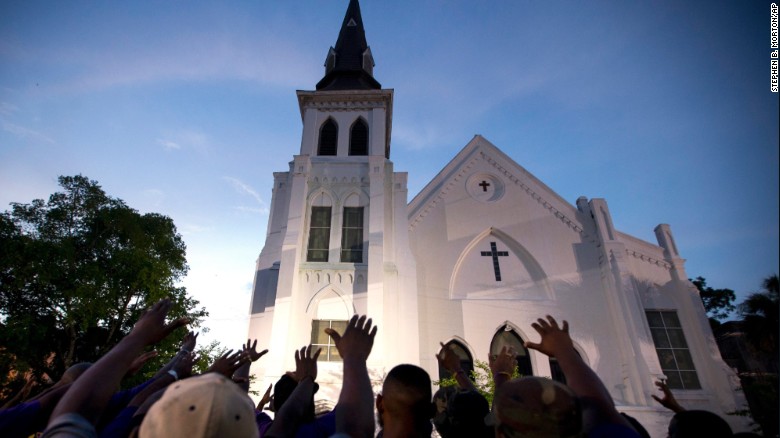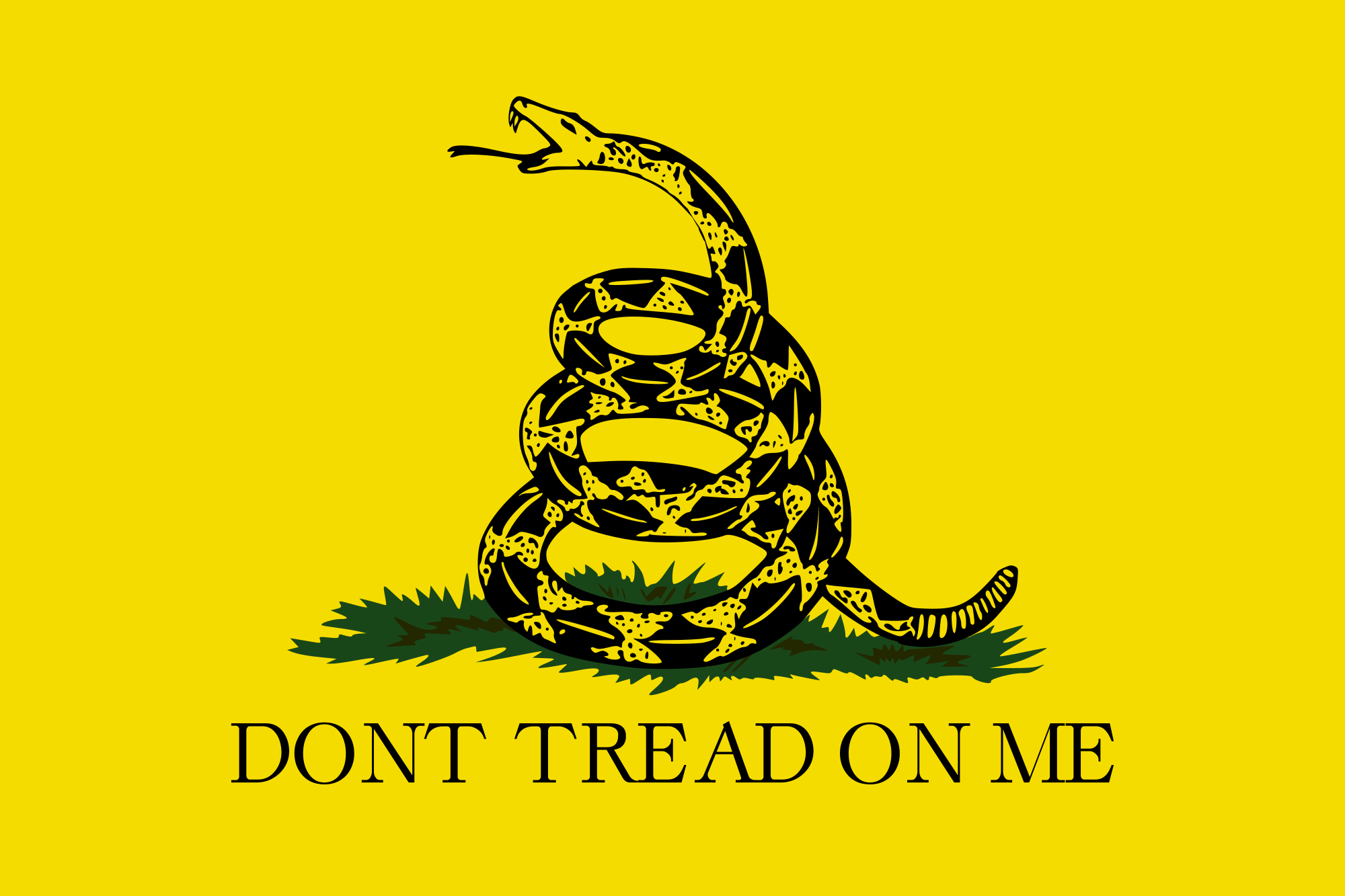After the reactions to the senseless act of terrorism in Charleston committed by a white supremacist bent on sparking a race war, the past few weeks have been embroiled with controversy nationwide over the Confederate Battle Flag being flown in both South Carolina and its image within the borders of the State flag of Mississippi.
Protesters begging for the flag to be removed as a sign of racism, and protesters arguing for it's continued presence, claiming the flag represents heritage have littered the steps of the South Carolina and Mississippi capitols, and likely your Facebook newsfeed. As each of us look at the flag, we each have different emotions that run through us. Some view it as a symbol of slavery and the Jim Crow segregated South, while others see it as a time in which their ancestors fought for state's rights and a way of life and an economic model that they inherited from their fathers.
I'm a proponent of reviewing historical events and symbols in the context in which those events and symbols existed at the time they occurred, and this is a matter where the history of this flag has changed since its initial inception.
CIVIL WAR ERA: 1861-1865
As has been addressed by the media ad nauseam for the last week, the Confederate Battle Flag obviously originated during the Civil War; however, the reason for this particular design is largely because of a compromise among the Confederate government. During the initial conflict in 1861, both sides, Union and Confederate, complained that in the midst of battle they confused the Union flag with the Confederate flag, and thus had difficulty determining how to adjust to the battle based on their symbols, as many soldiers took directions based on the placements of the flags of their regiments and companies.
Courtesy of www.castlepinckney.com
The Confederate government generated the now famous Confederate Battle Flag as a compromise with Jewish leaders in the Confederate government after the initial proposed battle flag, shown above, contained St. George's cross and a crescent that they felt too closely resembled Christian and Islamic traditions. The St. Andrew's cross version we know today was largely chosen because it lacked any important significance in southern tradition, and ironically would be unlikely to offend any particular group.
The Confederate Battle flag was morphed into the 2nd National Confederate Flag in 1863 and flew until March of 1865, with it being encompassed on the left corner with a full white background. The final version adopted as the 3rd National Confederate Flag, with the addition of a border in red on the far right side in March of 1865, flew until the fall of Confederacy a month later.
During the war, the flag was flown by multiple units, with variations, most notably Robert E. Lee's Army of Northern Virginia, which is unequivocally the most famous group of soldiers in the Civil War, if not the history of American warfare, outside of possibly Easy Company of the 506th Parachute Infantry Regiment during World War II. Still, after the war, General Lee wrote that he believed it was wiser not to keep open the sores of war, but to follow the examples of those nations who endeavored to obliterate the marks of civil strife and to commit to oblivion the feelings it engendered, after being asked to speak at a Gettysburg memorial while the president of Washington College in Lexington, VA.
POST CIVIL WAR ERA: 1865-1950s
Throughout most of Reconstruction and the early 1900s the Confederate Battle Flag was flown largely at Civil War reunions by those attempting to honor Confederate veterans. While there likely was some use of the battle flag during raids by former Confederates and their sympathizers on African-Americans and Republicans during Reconstruction, there was little to any documented use of the flag as an official representation of a particular group prior to the 20th Century.
Courtesy of www.learnnc.org
In fact, most of the groups attempting to intimidate, harass, and discourage African-Americans and Republicans from voting or holding office during that time, were a loosely affiliated, at best, group of like-minded Democrats and white Southerners determined to subvert and halt the strict enforcement of Reconstruction laws handed down in the militarily occupied South. Those laws ranged from the Constitutional amendments that guaranteed equal rights and protections (13th, 14th, and 15th Amendments), to laws that were akin to that of a militaristic dictatorship, one of which barred virtually any Southerner not aligned from the outset of the Civil War with the interests of the preservation of the Union from serving in public office (Ironclad Oath).
Courtesy of www.wikipedia.com
During the beginning of Reconstruction until 1894, the State of Mississippi used the flag above, featuring the Bonnie Blue flag star of state's rights and the magnolia tree with a red border on the right side. In recent weeks there has been a push for Mississippians to return to this flag, or adopt a new edition, but the current State of Mississippi flag adopted in 1894 remains. Currently, it is the only state flag in the country that contains the Confederate Battle Flag anywhere in its borders.
CIVIL RIGHTS ERA: 1950s-1970s
Courtesy of library.sc.edu
The Confederate Battle Flag really did not see a major resurgence in its use until the Civil Rights Era. To be quite clear, the State of South Carolina did not begin flying the Confederate Battle Flag on its State House grounds until 1961. The flag was initially raised as a remembrance of the 100th Anniversary of the start of the Civil War, but remained on the grounds largely as a protest by state leaders to Civil Rights Era legislation and integration legislation passed by Congress and decisions handed down by the US Supreme Court, both means were seen by leaders as challenges once again to the sovereignty of state's rights over the federal government.
Additionally, throughout this time, there was a resurgence of use of the Confederate Battle Flag by groups looking to intimidate African-Americans from registering to vote, largely in the American South. While the Confederate Battle Flag had for nearly a century remained a means of historic significance for Southerners, the outset of the Civil Rights Movement and the conflict once again of State's Rights over the Federal Government created a rebirth in its use by a wide variety of groups, many of whom used violence and sought any means necessary to subvert and prohibit the democratic process from granting full rights to African-Americans.
MODERN ERA: 1970s - PRESENT
Courtesy of www.dailkos.com
In 2000, the Confederate Battle Flag was removed from the South Carolina State House Building, but it has remained on the State House grounds, as it was moved to the Confederate Monument overlooking the South Carolina State House. After the horrific events in Charleston, protesters have attempted to remove the flag from the Confederate memorial, though it has been replaced and continues to fly in view of the South Carolina State House.
Courtesy of www.wikipedia.com
Meanwhile, the Mississippi State flag has remained since 1894, though a referendum was issued in 2001 that attempted to change the Mississippi State flag. That referendum attempted to adopt the flag above, but failed and the current Mississippi State flag shown below remains.
Courtesy of www.wikipedia.com
WHERE DO WE GO FROM HERE?
Where we proceed now is only a question the citizens of South Carolina and Mississippi can answer. Have we progressed as a society from the Civil Rights Era? Absolutely. The most powerful man in the world, the President of the United States, is biracial, and arguably the most powerful woman in the world is an African-American woman for Kosciusko, Mississippi.
As a Southerner, I'm mindful of the history of where I'm from, the same way all people should. Racism and prejudice is not a problem unique to the United States or the South; it exists everywhere in the world. If you don't believe that, look at an international soccer match the next time it is on television; there are "Say No to Racism" signs everywhere, because it's an international issue.
Courtesy of www.fifa.com
The history of the South is a color wheel made up of varying shades of grey. There are proud moments of accomplishments and moments of shame. Novels like Gone With The Wind and Uncle Tom's Cabin highlight the aspects of the South they want to generate in the reader's mind, when in actuality the South is dubious and conflicting in its history.
As a Southerner, I look at the flag, and think about it in different ways. I think about it as if I were on a battlefield looking up at that flag, and I was fighting for the land that my father handed down to me, and his father before him. Then, I think about it as if I was sitting at home with my family, and someone planted that flag on my front lawn and threw a brick through my window and told me to get out of my home as if I didn't have any right to be there, as if I wasn't an American, and wasn't born with the right to life, liberty, and the pursuit of happiness.
Whether the flag is removed or remains, it will carry with it a connotation of stigma, positive or negative based on prior representations, the way it always has. The representation however will continue to vary based on the public perception. The flags of history will continue to mean something different to everyone going forward based on the current politics and viewpoints in which we inhibit.
Courtesy of www.wikipedia.com









